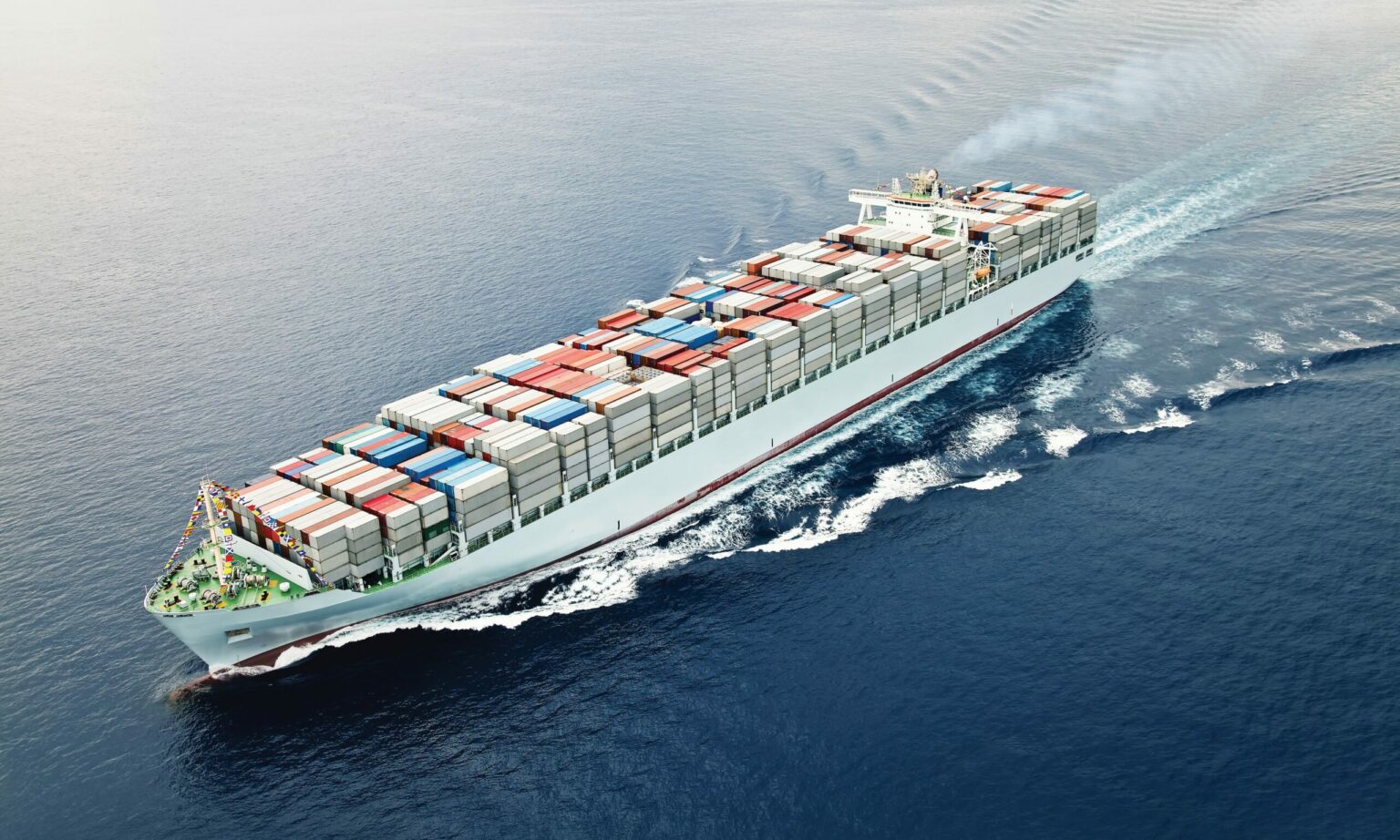The Criticality of Fire Prevention in Shipping
- July 26, 2023
- 10:39 am


Iain Hoey
Share this content
Lessons from the North Sea Tragedy: Understanding fire risks in the era of electric vehicle transportation and essential strategies for prevention and suppression
A recent disaster involving a major fire onboard a cargo ship, the Fremantle Highway, off the coast of the Netherlands has underscored the risks and challenges associated with shipping.
The ship, loaded with around 3,000 cars, including 25 electric vehicles (EVs), was en route from the German port of Bremen to Port Said in Egypt when a fire broke out.
The incident led to one fatality and several injuries, highlighting the necessity of enhanced fire safety measures in maritime transportation.
The Perils of EV Transportation at Sea
Electric Vehicles (EVs), powered by lithium-ion batteries, have emerged as an innovative solution to curb greenhouse gas emissions.
However, while their adoption in terrestrial transportation has been substantial, their carriage in maritime transport introduces a set of unique fire safety challenges.
One of the most significant risks associated with EVs on ships is the propensity of lithium-ion batteries to ignite under certain conditions, a phenomenon known as ‘thermal runaway‘.
This typically occurs when a battery overheats, causing a reaction that further increases the temperature and can lead to the battery catching fire.
The likelihood of thermal runaway increases if batteries are damaged, defective, or improperly handled or stored.
What makes these fires particularly dangerous is that they are notoriously difficult to extinguish.
When a lithium-ion battery ignites, it can produce its own oxygen, meaning a fire can continue even in the absence of ambient oxygen.
This makes traditional fire suppression methods, like smothering, less effective.
Further complicating matters is the issue of ‘stranded energy’.
After an initial fire involving a lithium-ion battery is extinguished, the battery can reignite.
This can occur hours, or even days, after the original fire, which presents a unique hazard not typically encountered with traditional vehicle fires.
To add to the risk, a fire originating from a lithium-ion battery produces toxic gases such as hydrogen fluoride and phosphorus pentafluoride, posing both a health risk to those in the immediate vicinity and a potential environmental hazard.
Moreover, the high energy density of lithium-ion batteries can lead to fires that are far hotter than typical combustible material fires.
The intensity of such fires can make them difficult to control and suppress, while also increasing the risk of the fire spreading.
Finally, the sheer volume of EVs transported on some vessels can exacerbate these risks.
With larger numbers of EVs in close proximity, a fire that starts in one vehicle can quickly spread to others, leading to a much larger and more dangerous situation.
This makes early detection, isolation, and suppression of fires critical in scenarios involving the transportation of EVs at sea.
Best Practices for Fire Suppression and Prevention Onboard
Fire safety in shipping, particularly concerning EVs, requires proactive measures for prevention, early detection, and effective suppression.
Leading Survival Technology solutions provider Survitec emphasises the importance of early fire detection systems, specially designed to monitor lithium-ion battery conditions.
Indicators like heat, smoke, popping sounds, and toxic gas emissions from batteries can serve as early warnings.
Current safety innovations focus on monitoring car decks for these early-stage fire conditions.
Survitec is investing in developing new solutions capable of pre-ignition monitoring, highlighting the importance of the type and location of sensors for effective detection.
New solutions are also emerging in the field of fire suppression.
An integrated graphical monitoring system, currently under development, aims to provide real-time status of all the fire-protected zones onboard.
It aims to link all the detection systems and sensors onboard for remote or local activation of a compartment’s fire suppression system.
Fire Suppression Techniques and Challenges
While tackling a fire onboard, understanding the unique nature of EV battery fires is crucial.
Such fires generate explosive and toxic gases, increasing the fire’s intensity and size, and can potentially reignite until the battery is completely burnt down.
This presents a real challenge for traditional gas-based fire systems.
Water-based solutions provide the best cooling effect.
However, they also introduce the risk of impacting ship stability due to the volume of water needed.
Therefore, an effective drainage system is a must.
Research suggests that a water mist system is the most effective for this type of fire, and numerous research and development initiatives are looking into the best water spraying method for EV fires.
The Path Ahead: Prevention and Early Detection
“Prevention is certainly better than the cure,” says Rafal Kolodziejski from Survitec.
Early monitoring and detection are increasingly important safety factors for ship operators and crew.
With an EV cargo, the earlier the crew can detect pre-fire conditions, the better. For instance, ship operators are being urged to increase the space between each vehicle or reduce the number of units transported.
As the maritime industry continues to grapple with these challenges, the recent North Sea incident serves as a tragic reminder of the importance of fire prevention and early detection in shipping, especially in the era of EV transportation.
Striking the balance between the efficient transportation of goods and the safety of crew and cargo will be pivotal in the shipping industry’s future.

